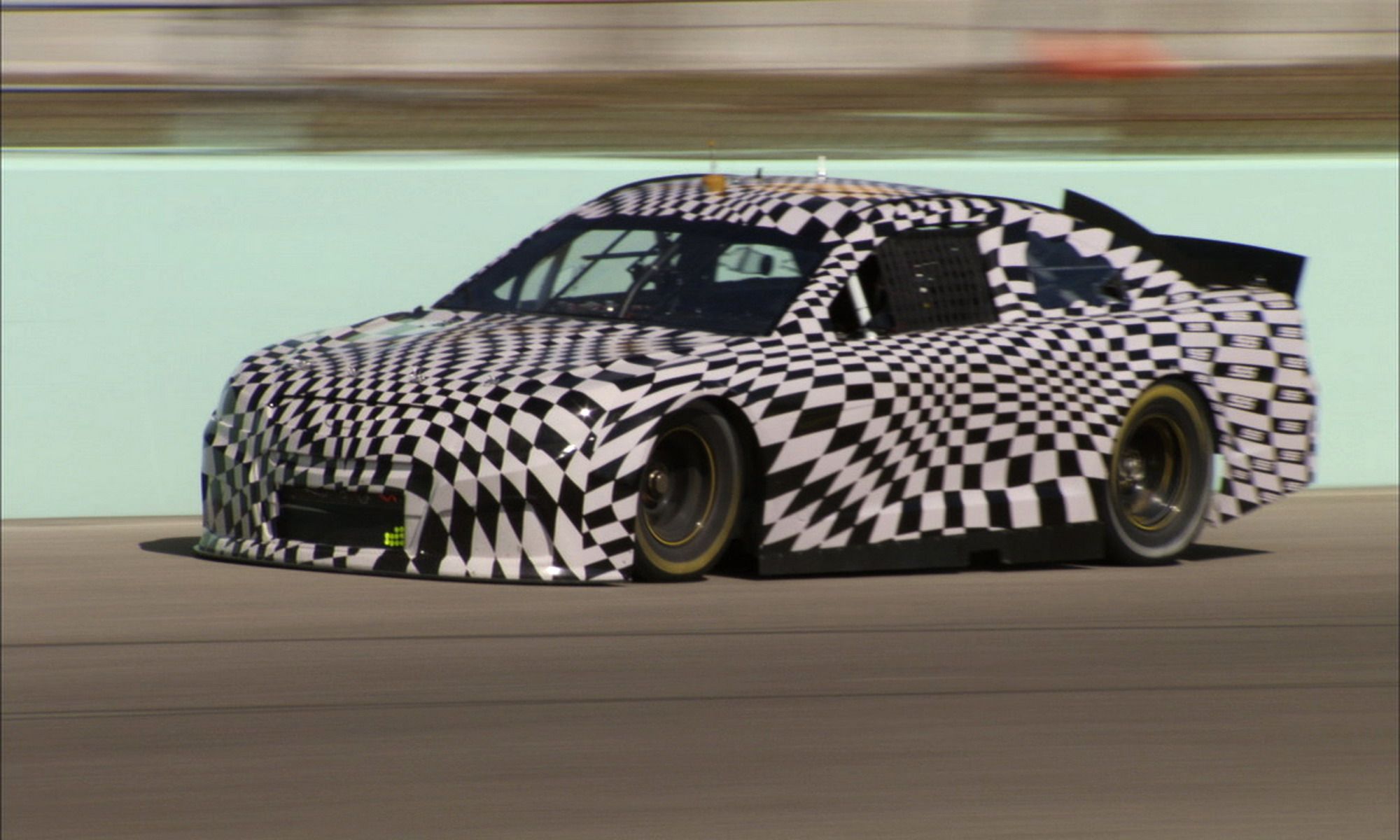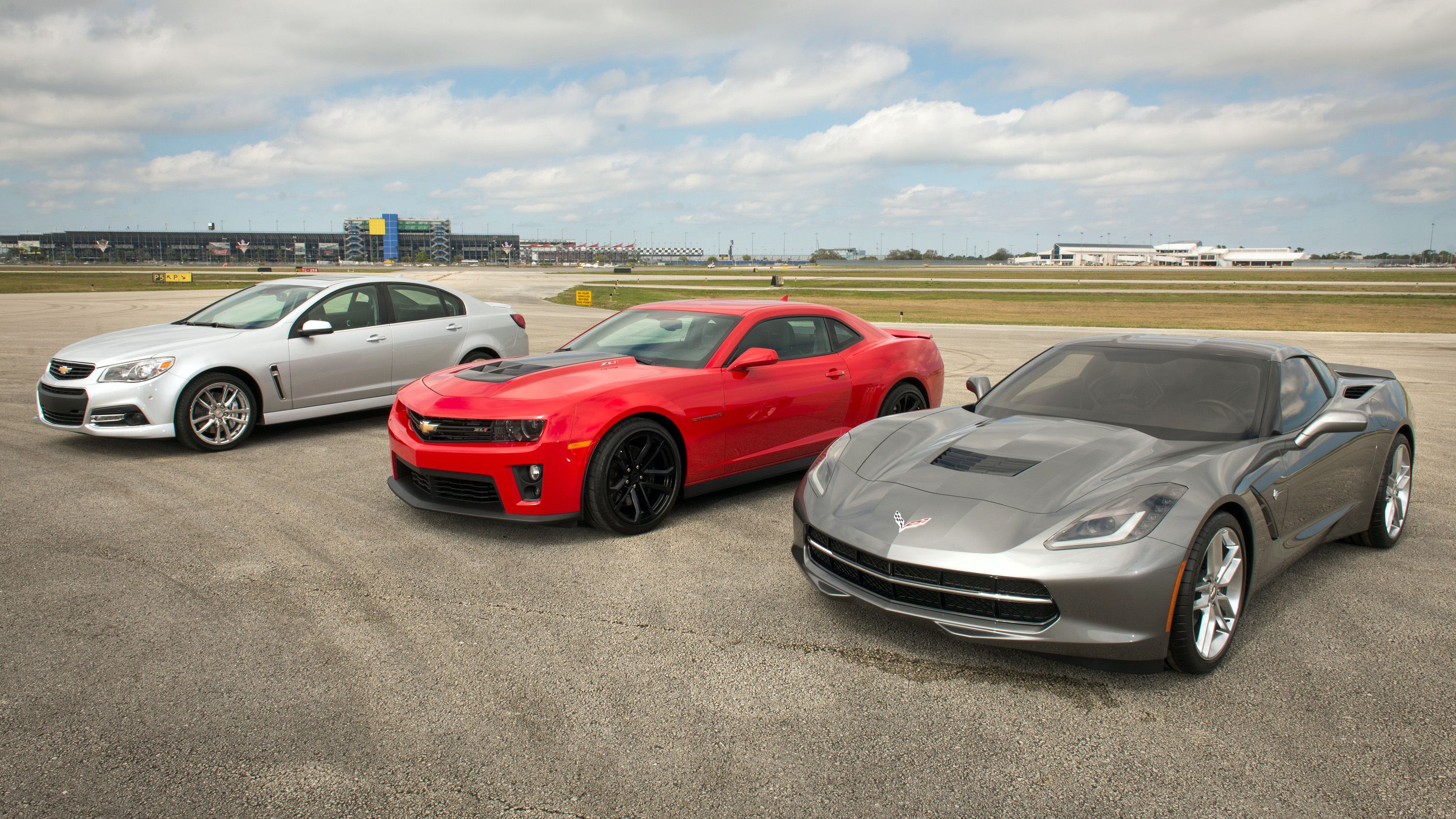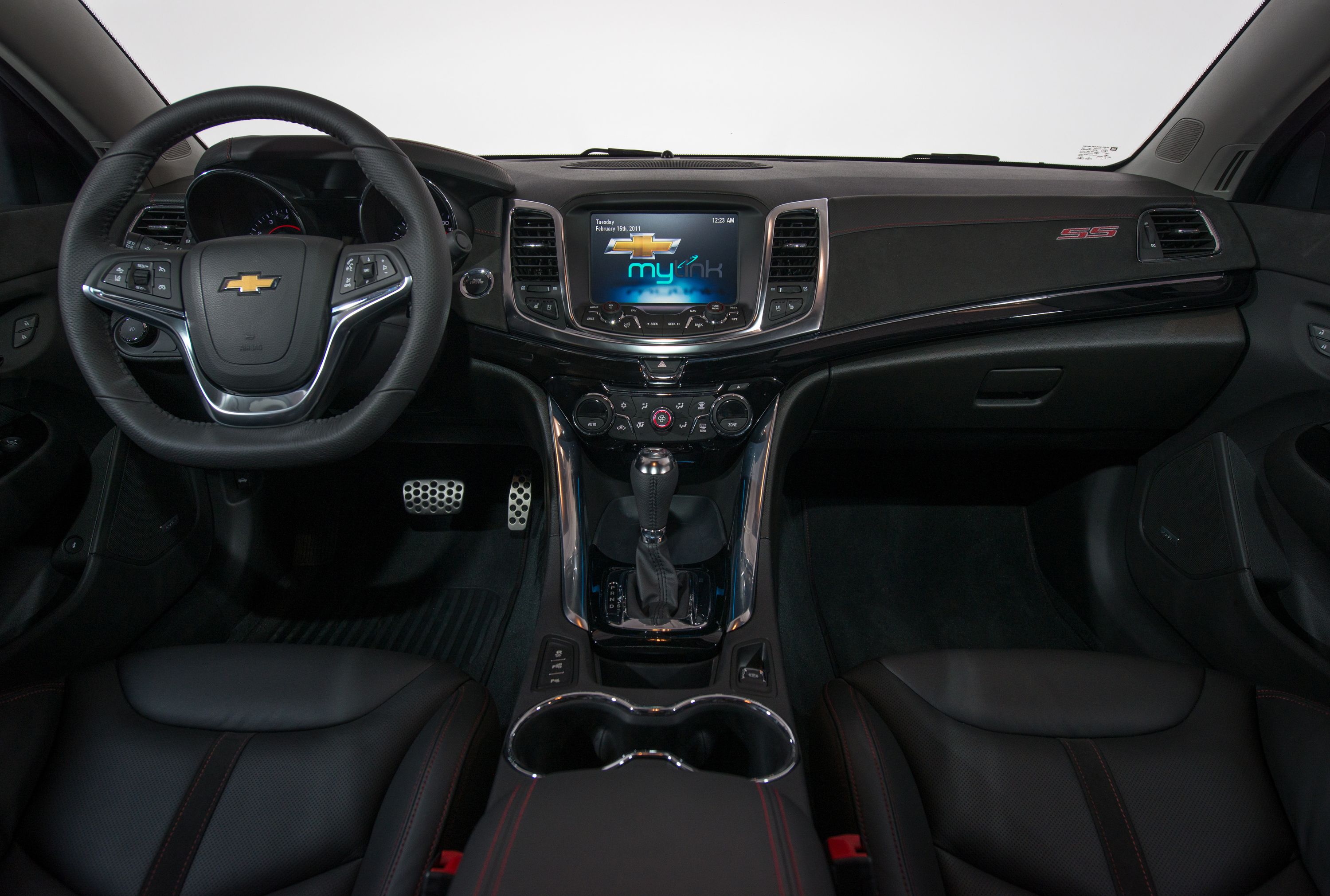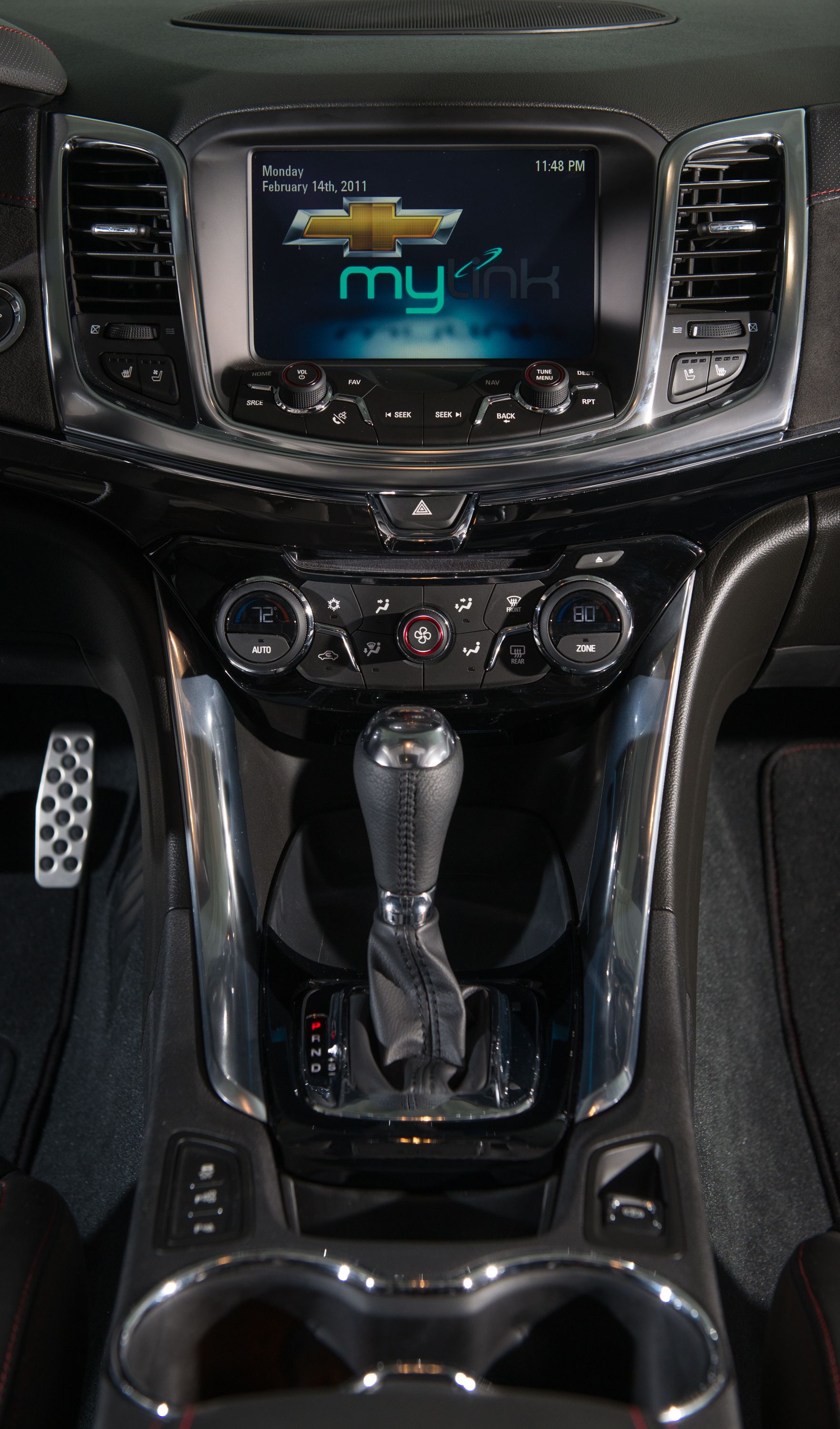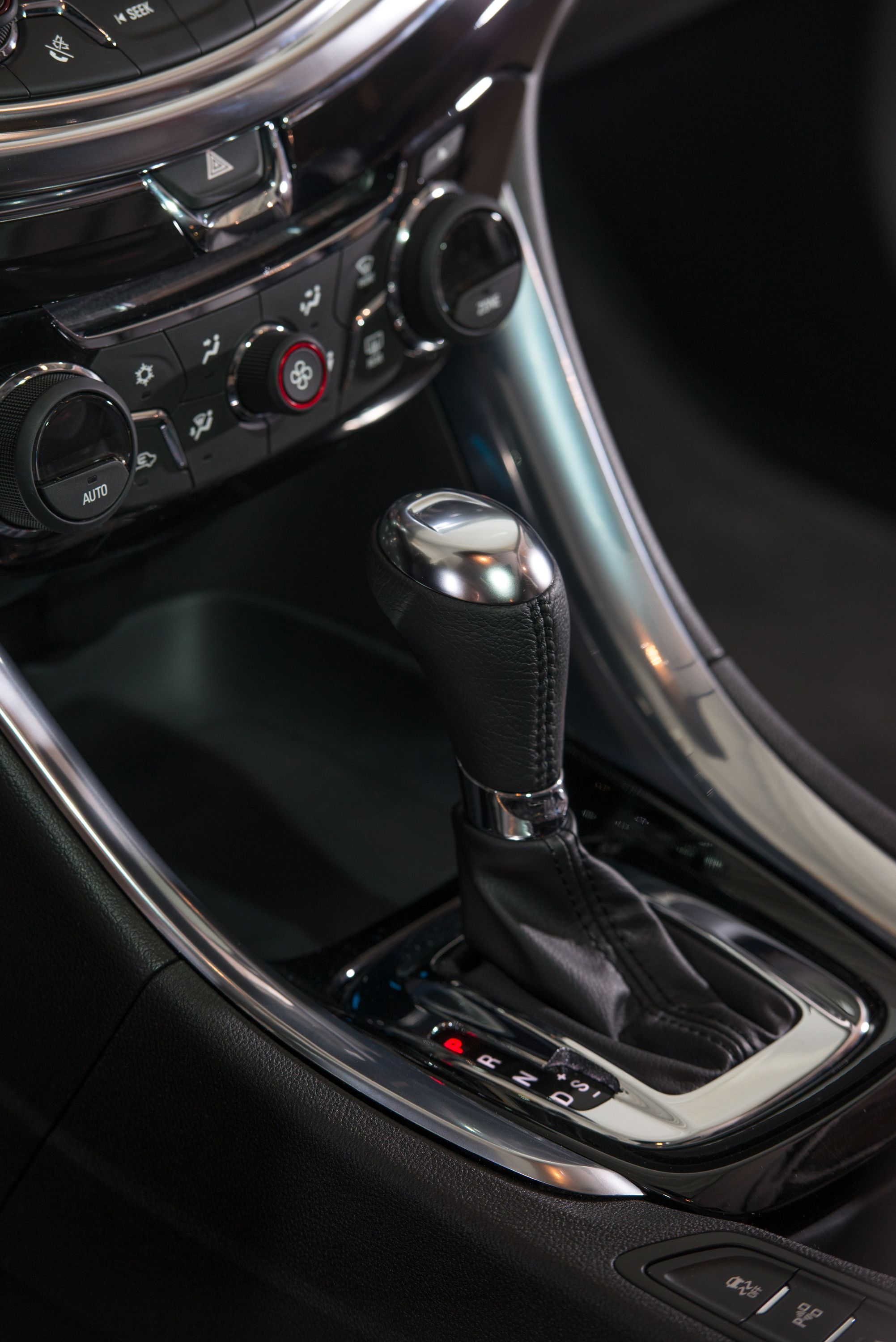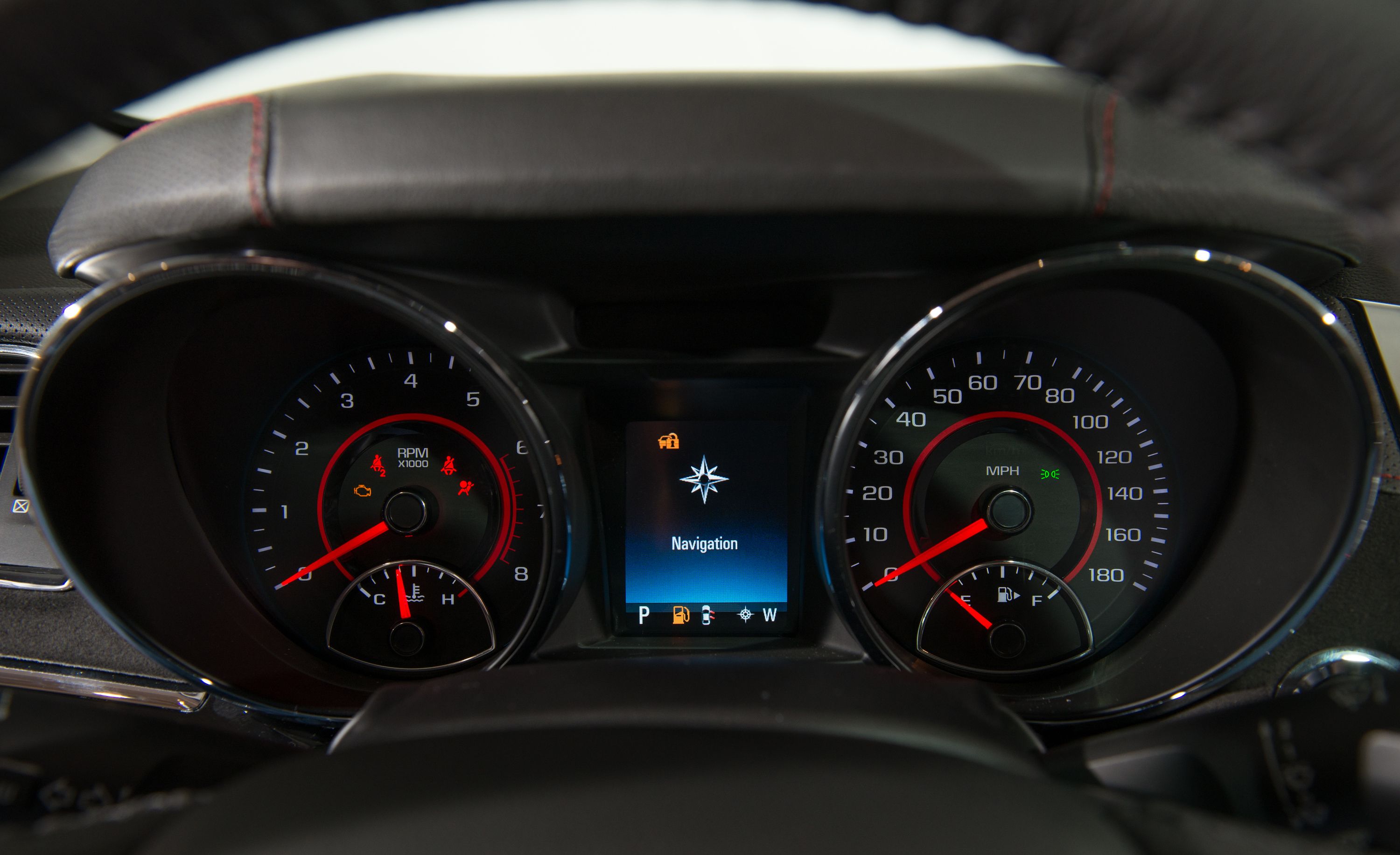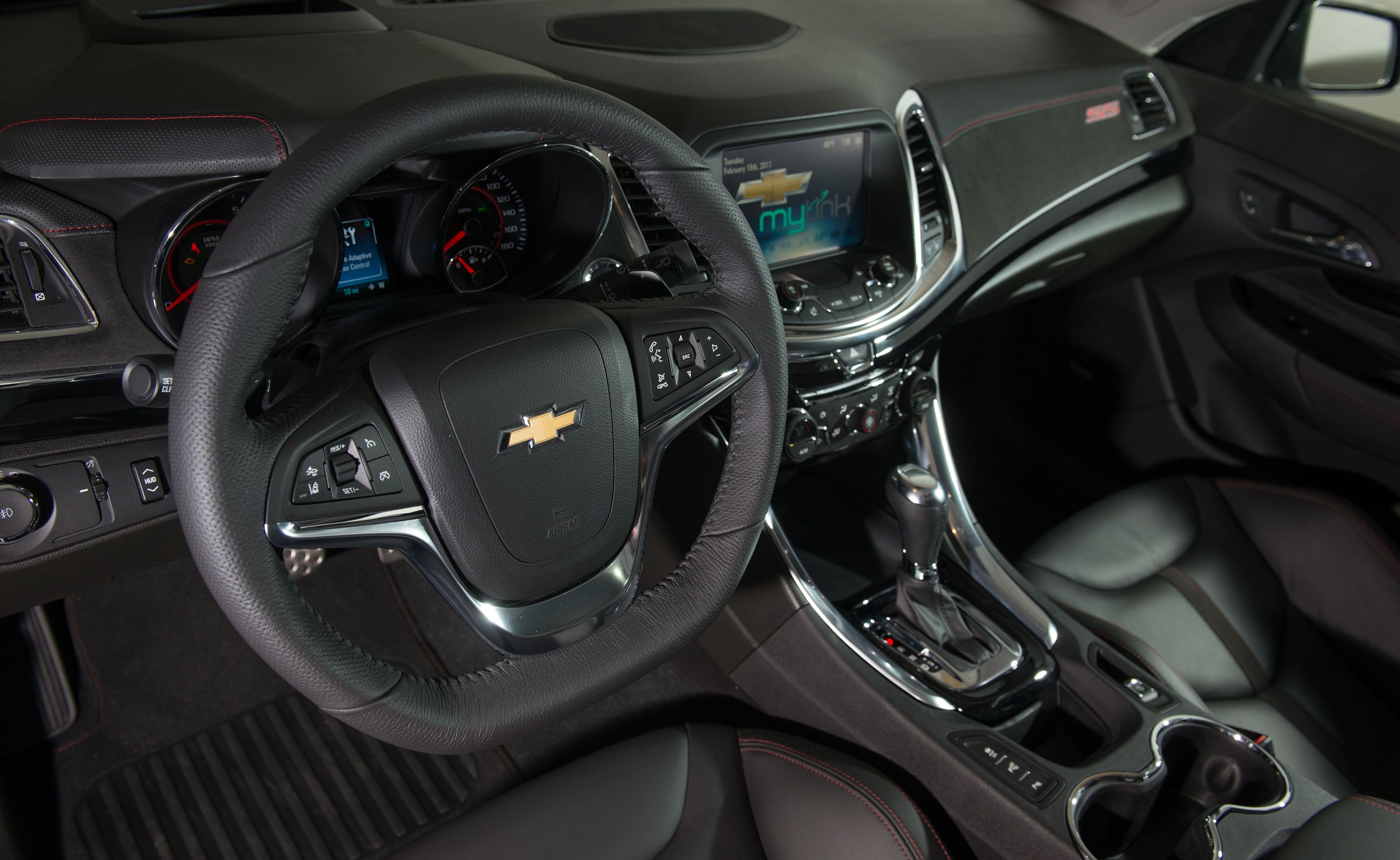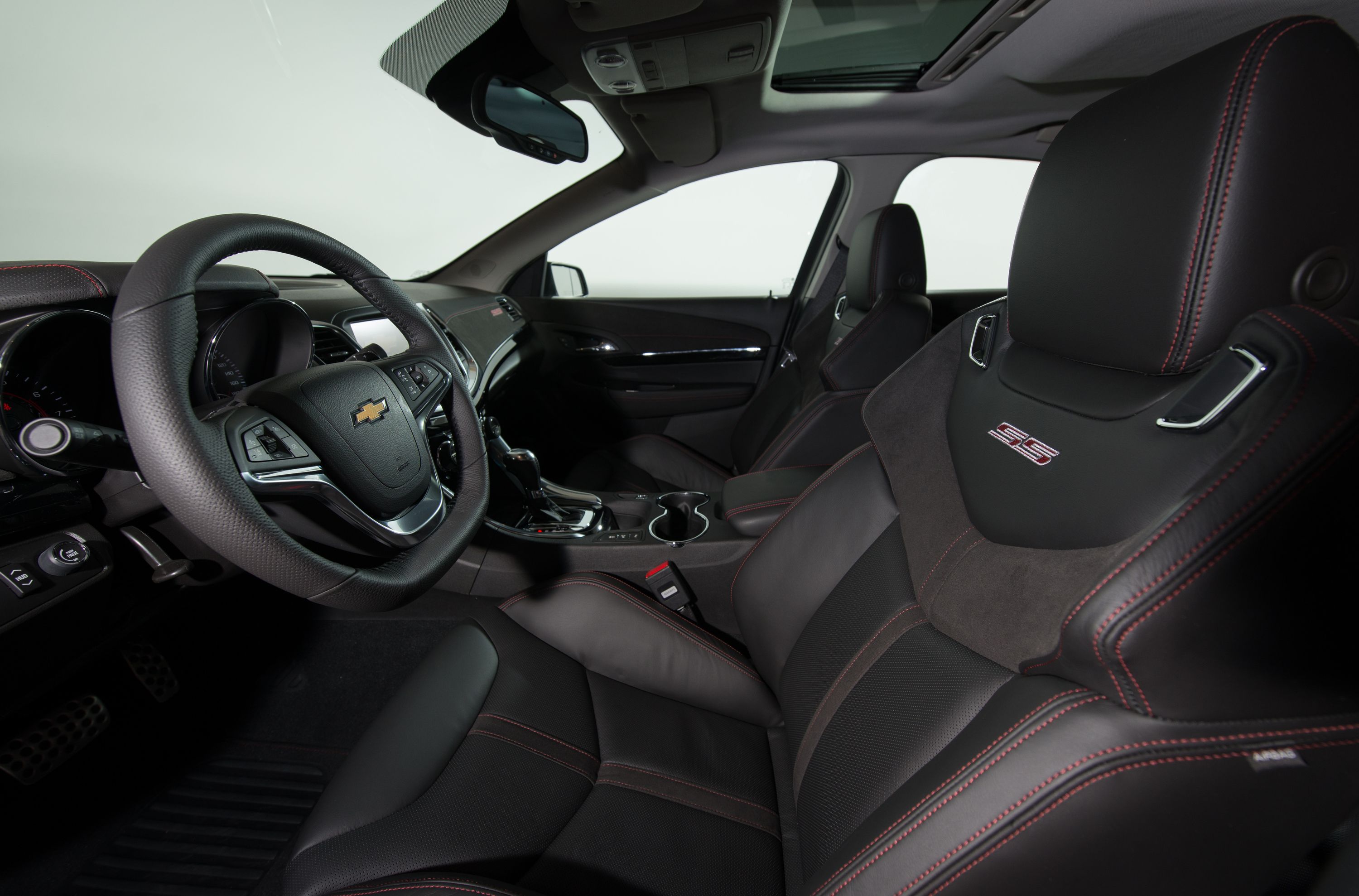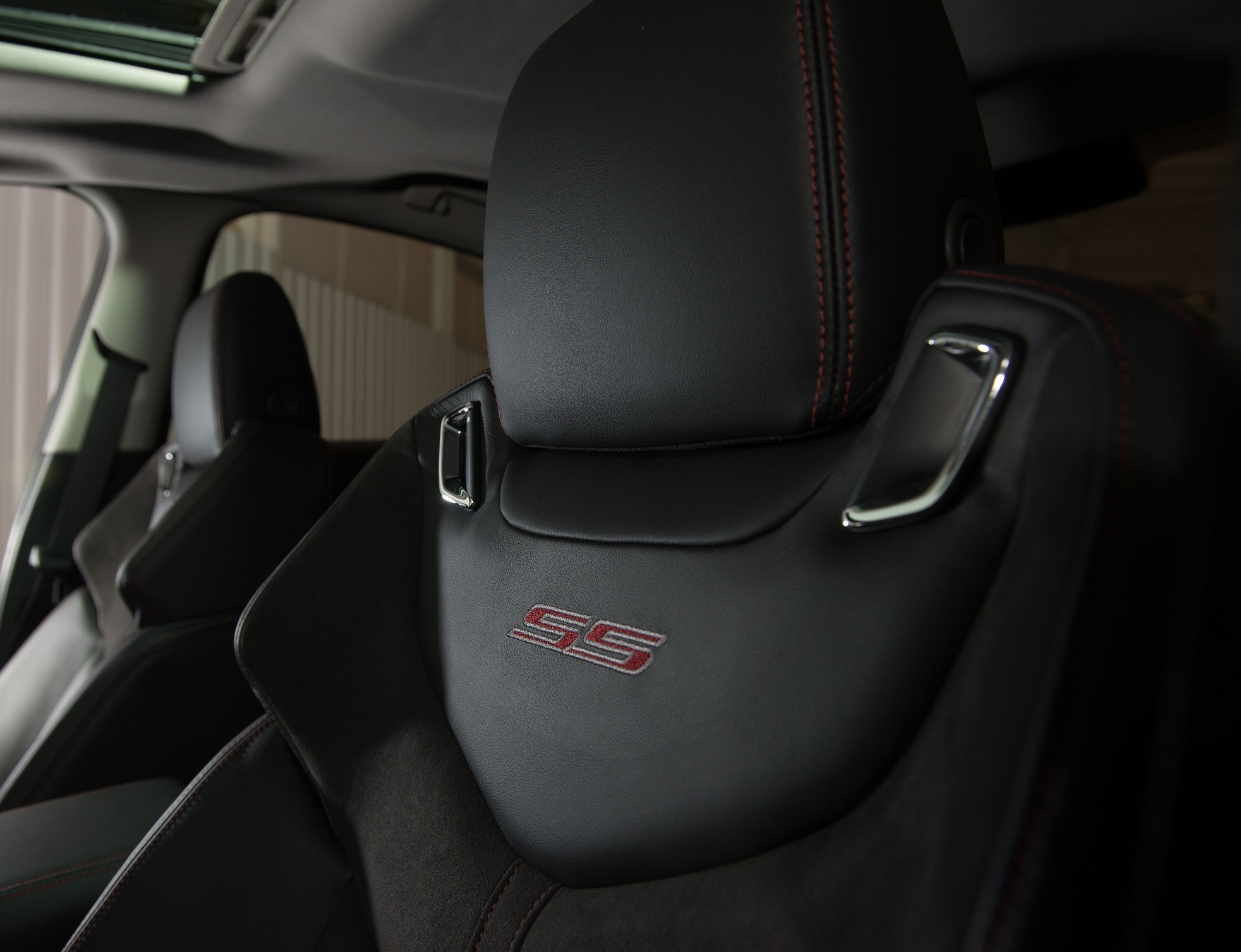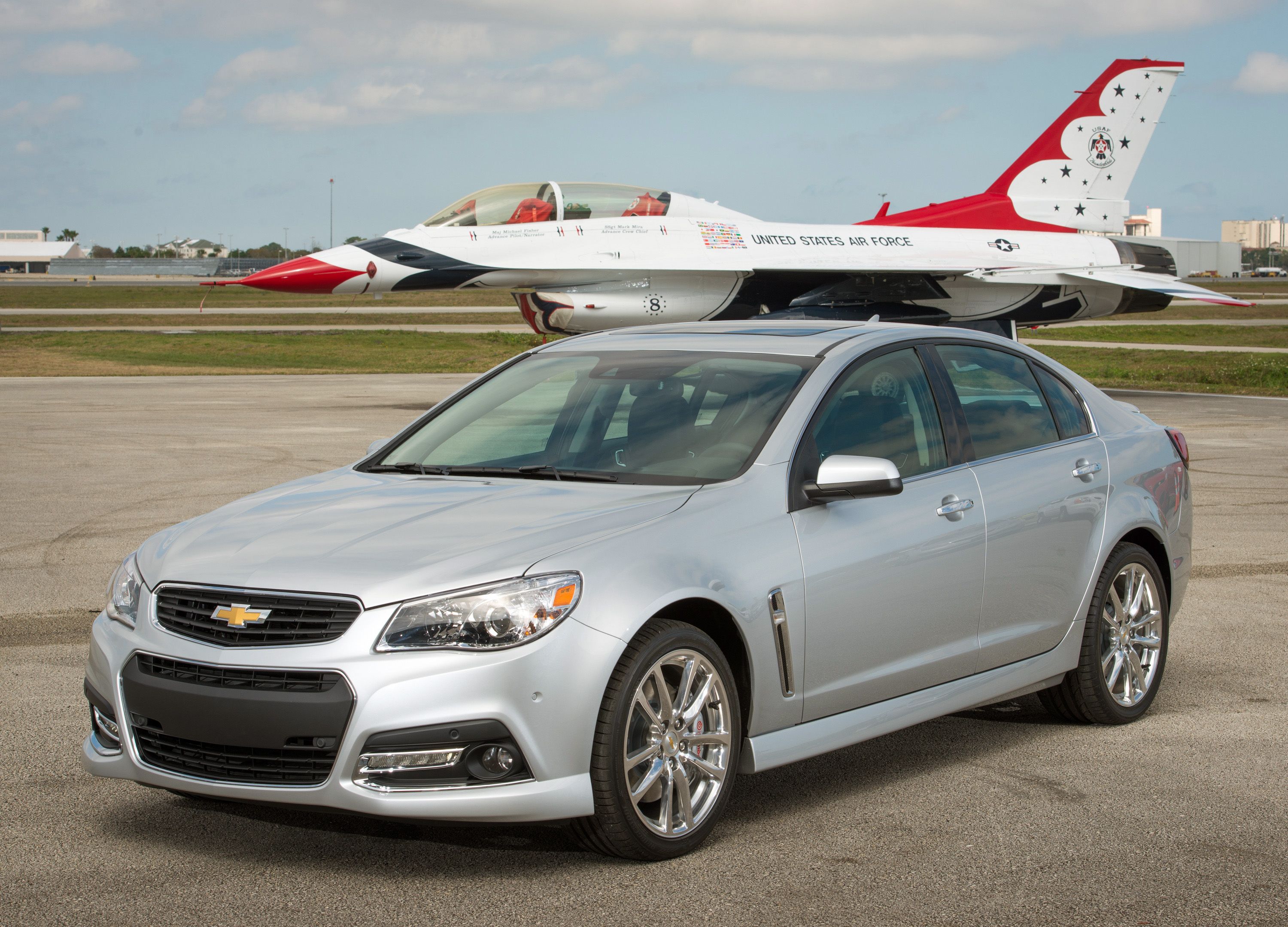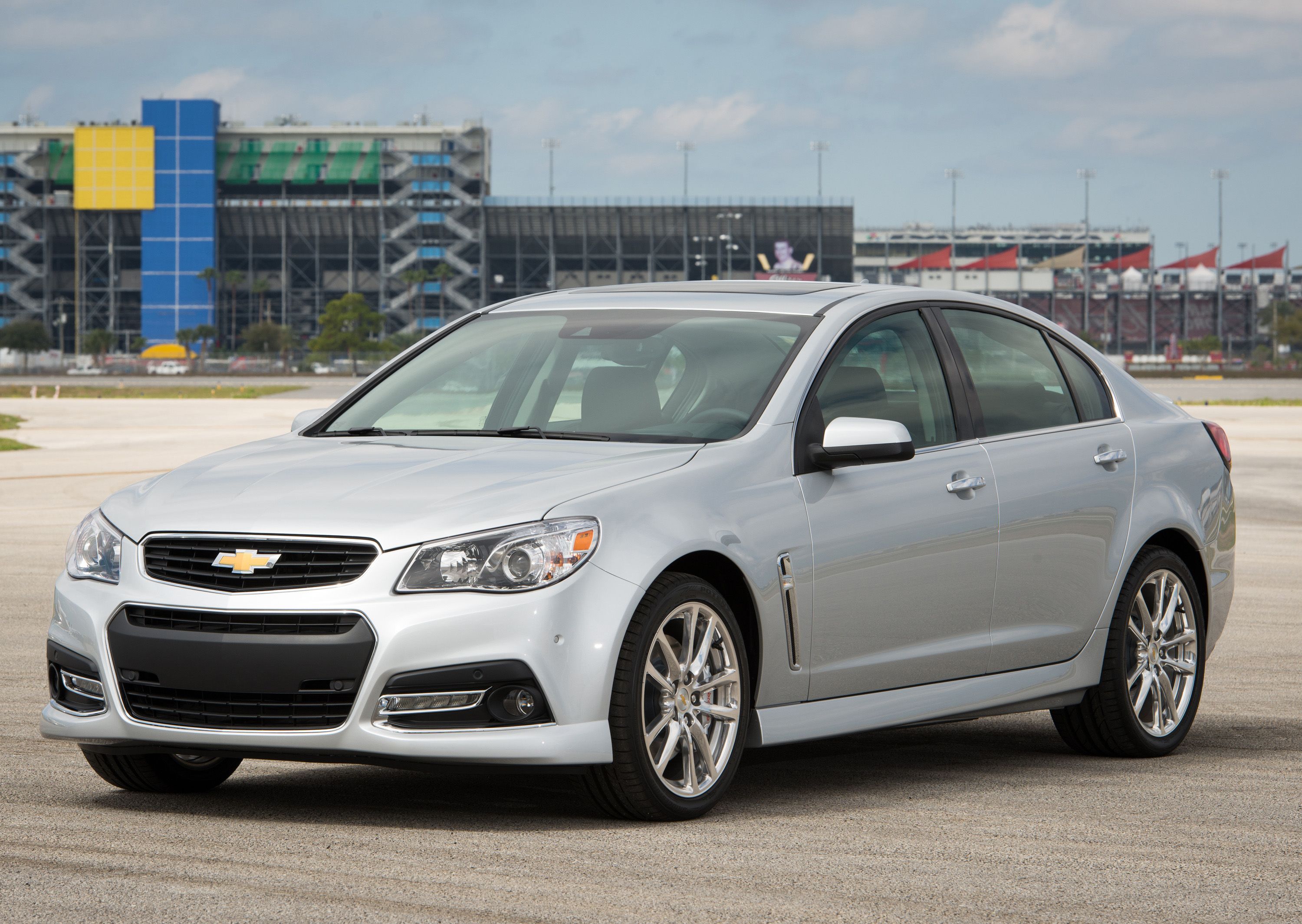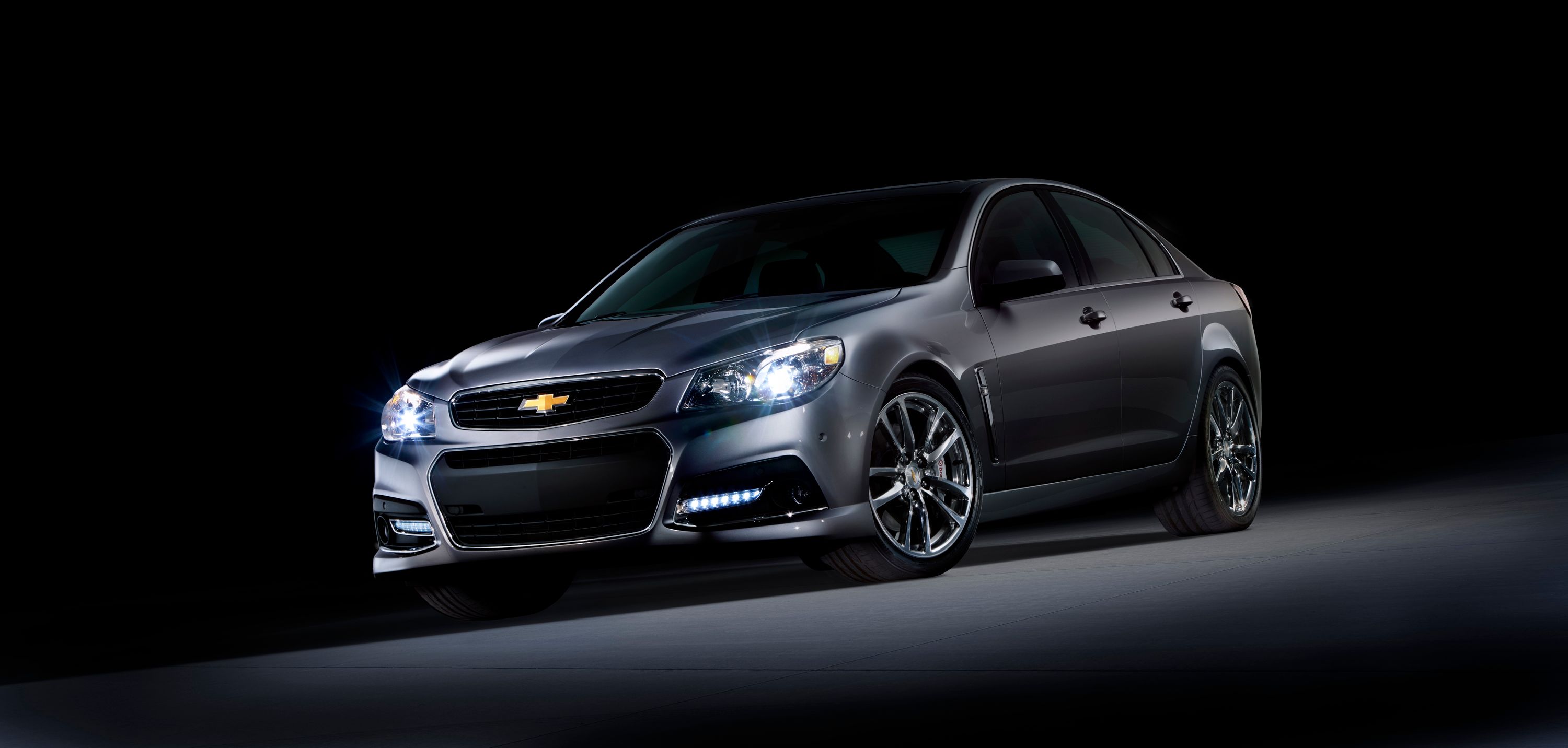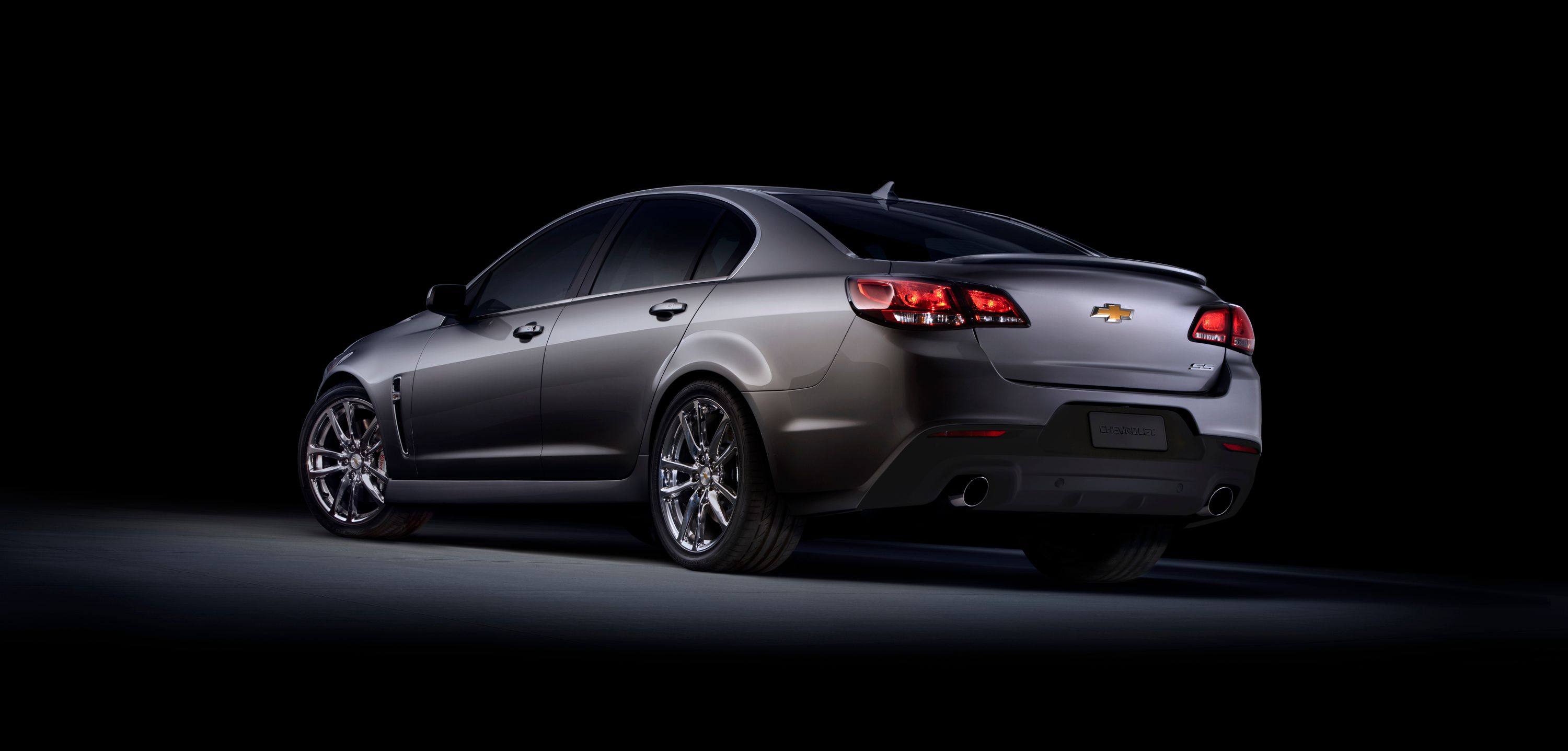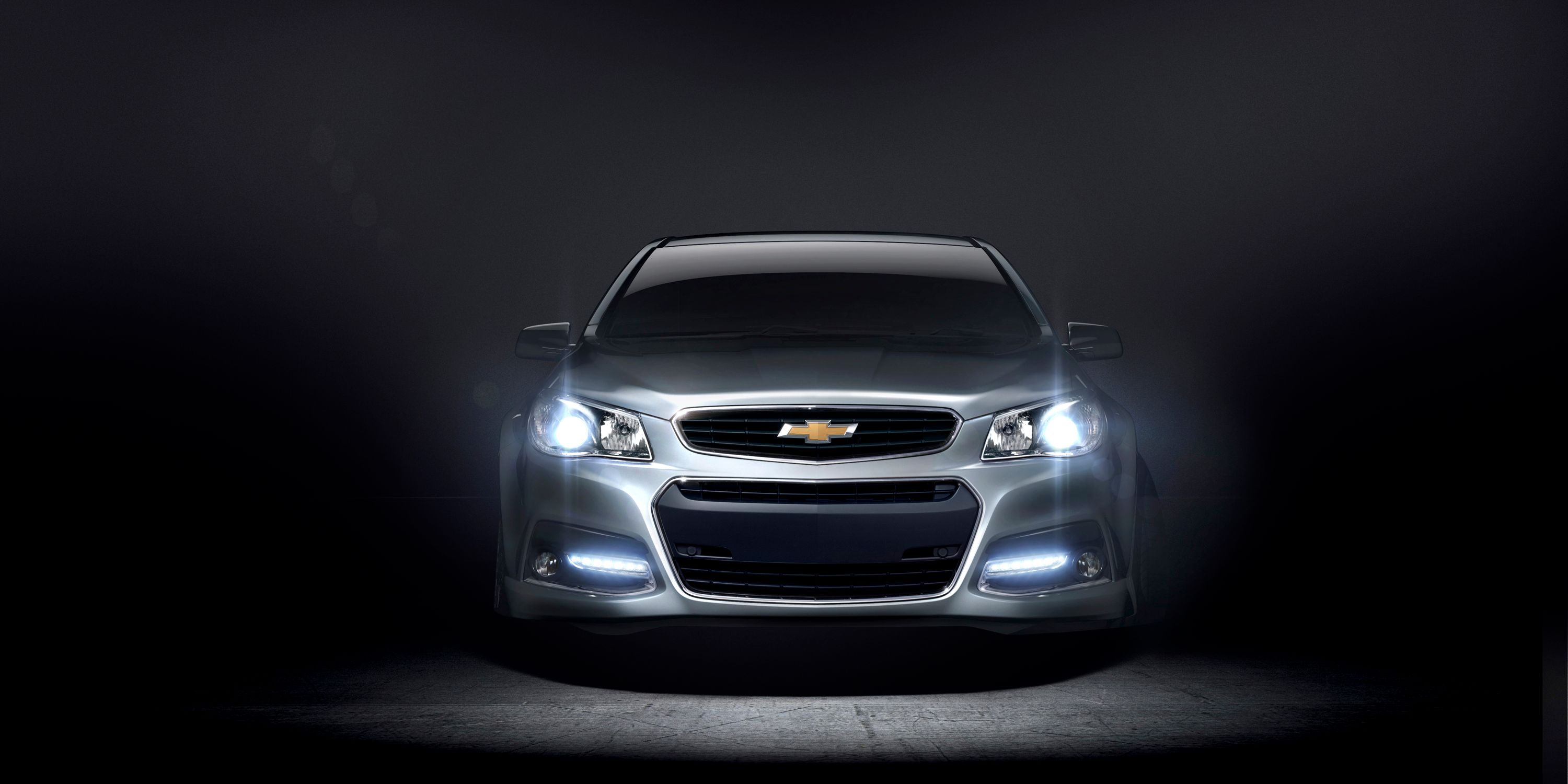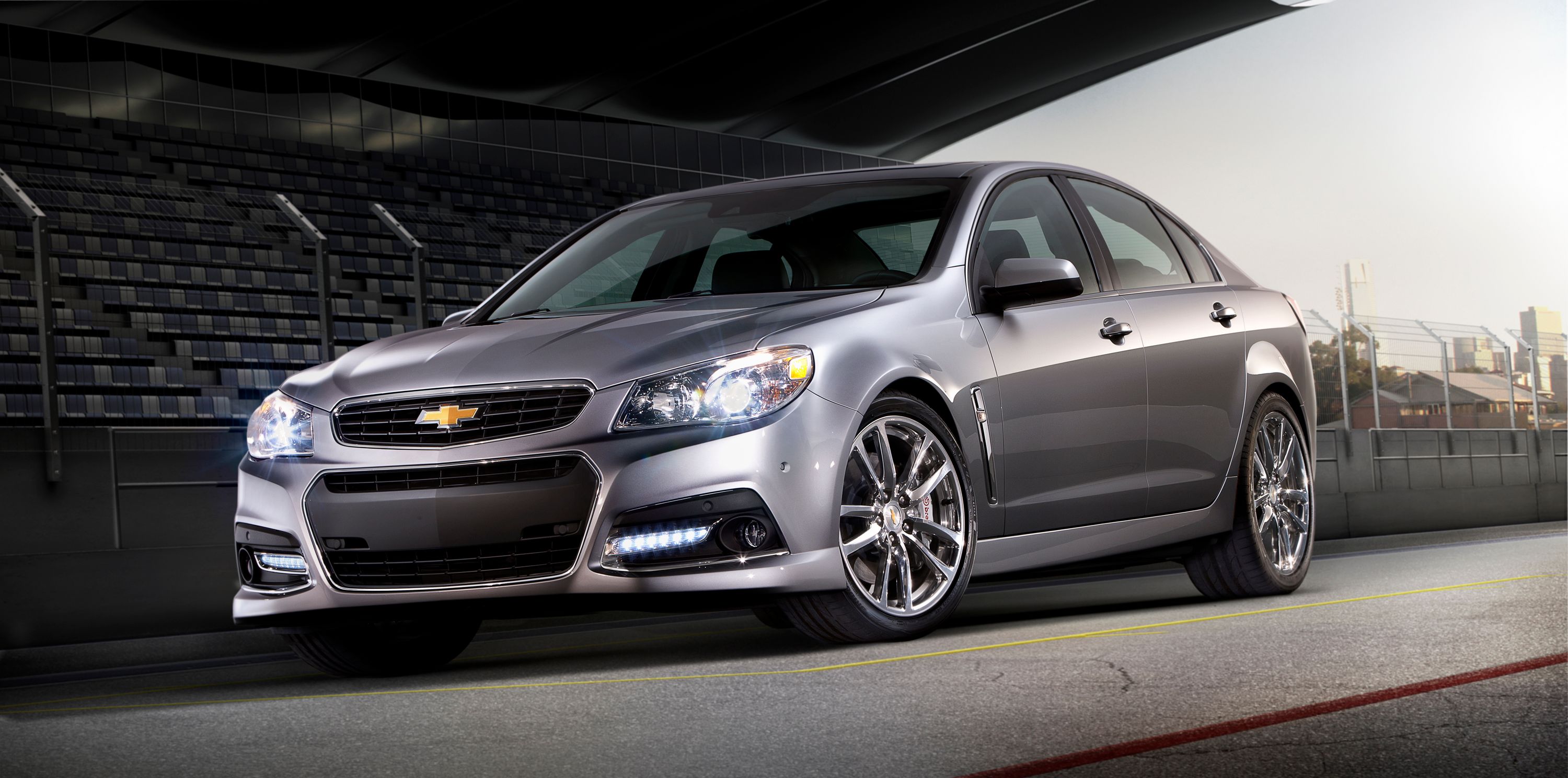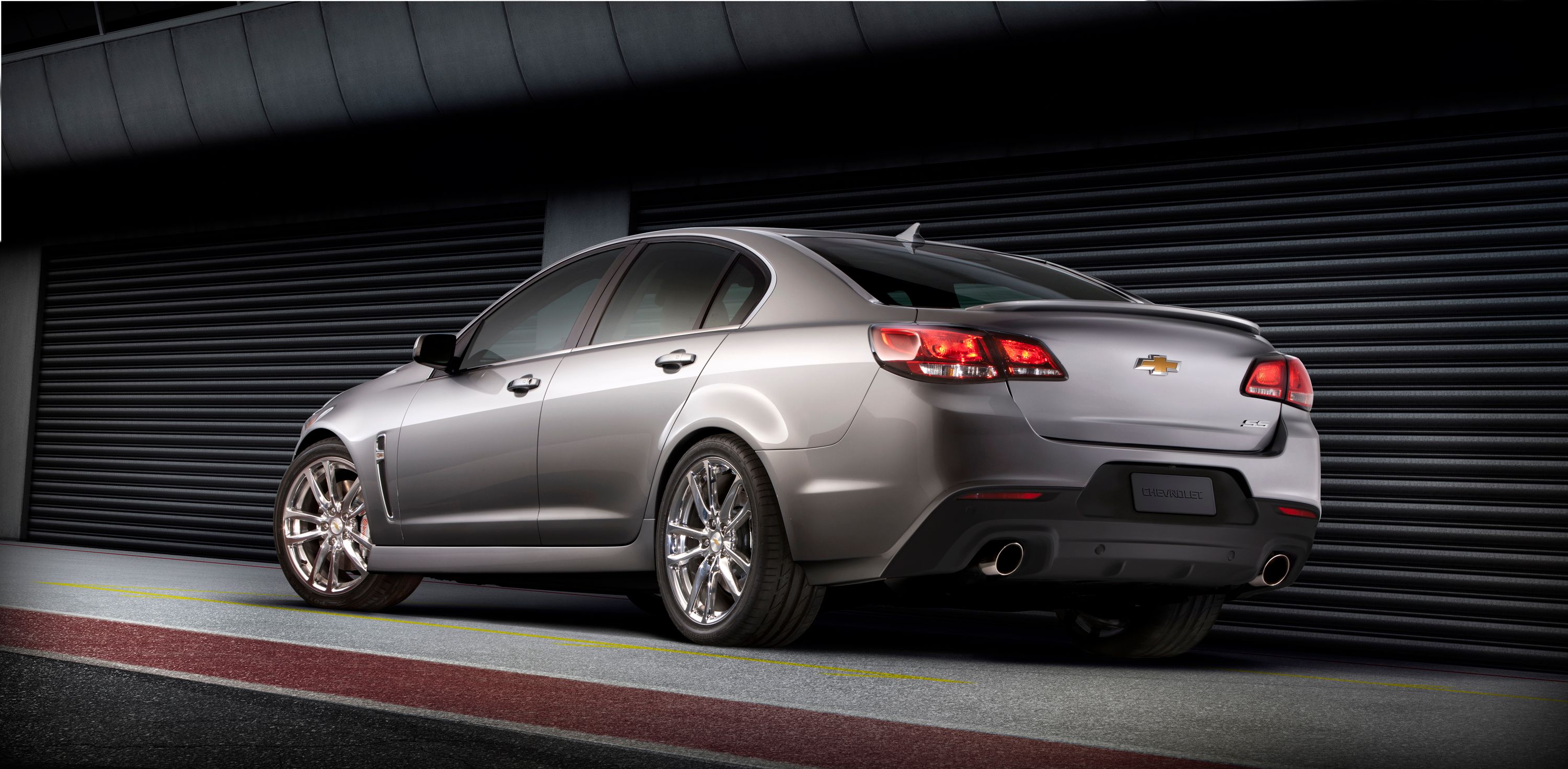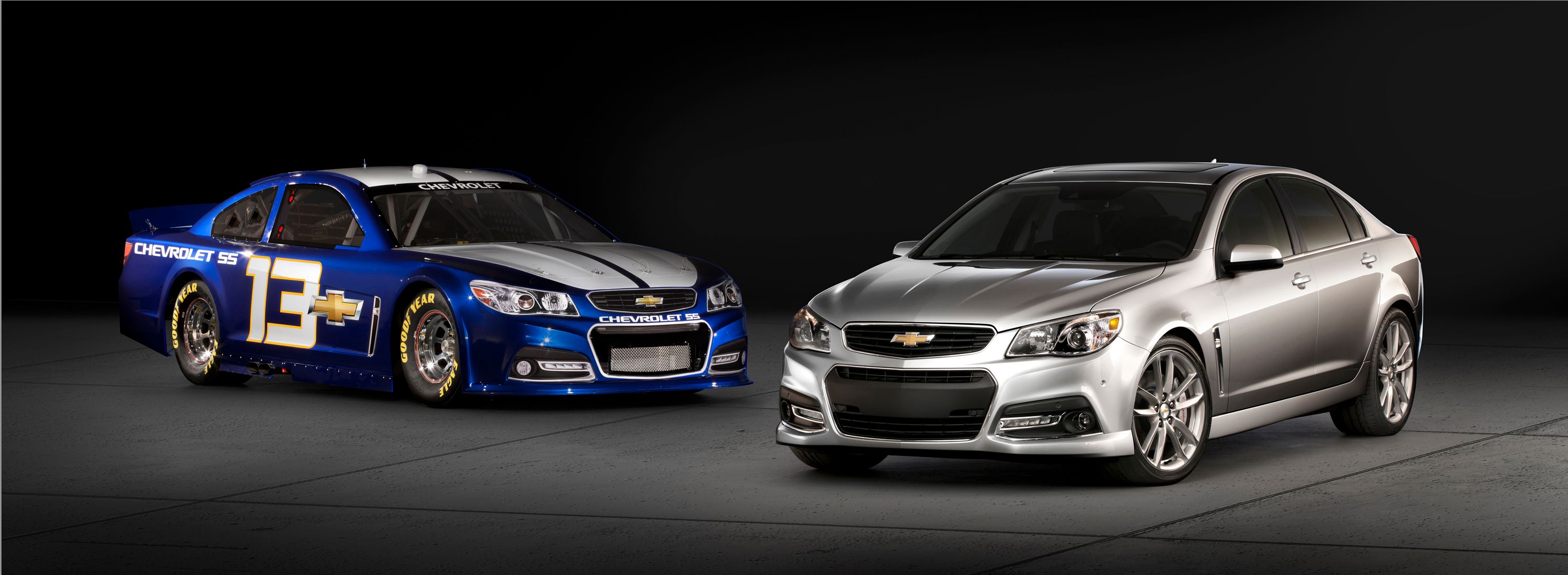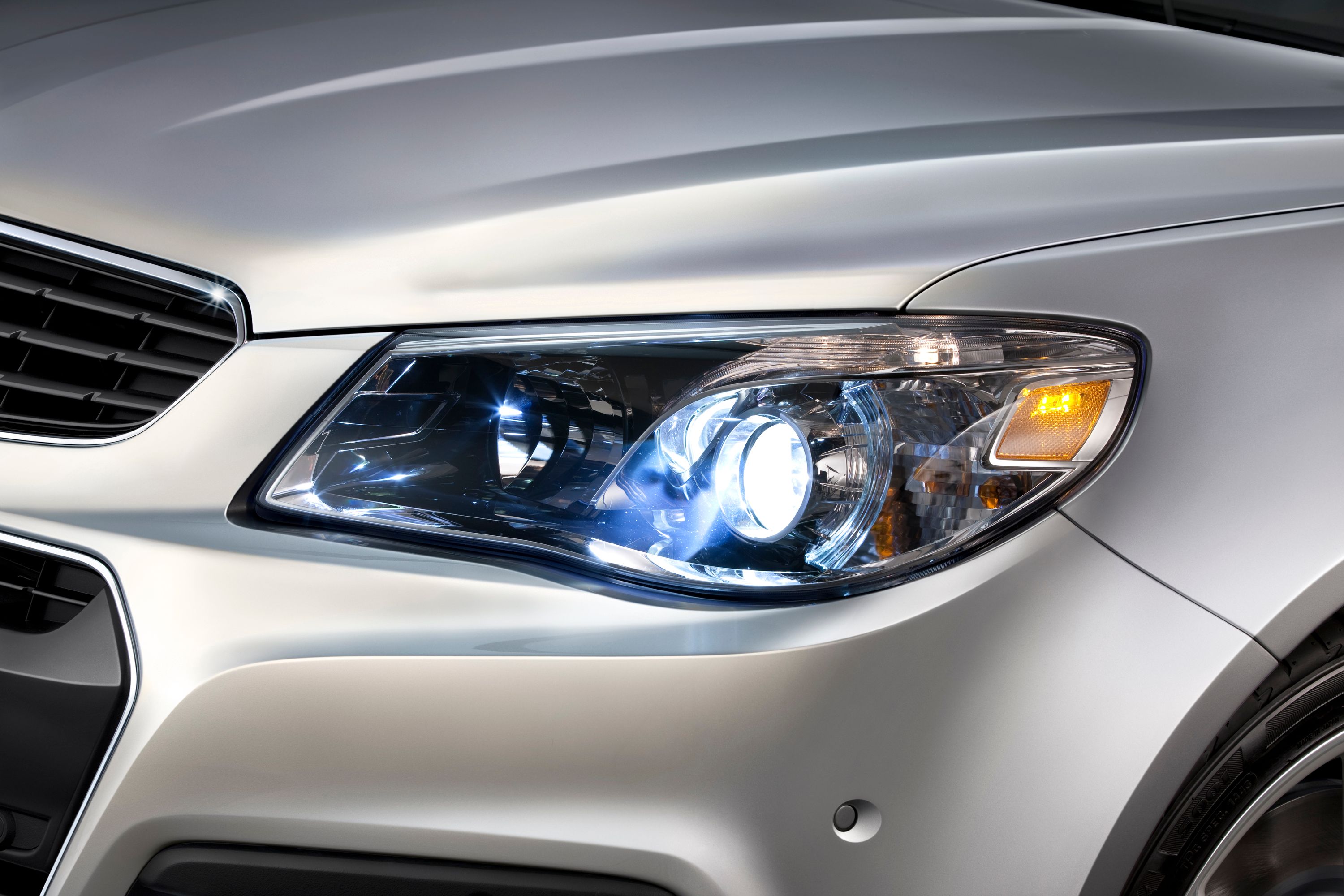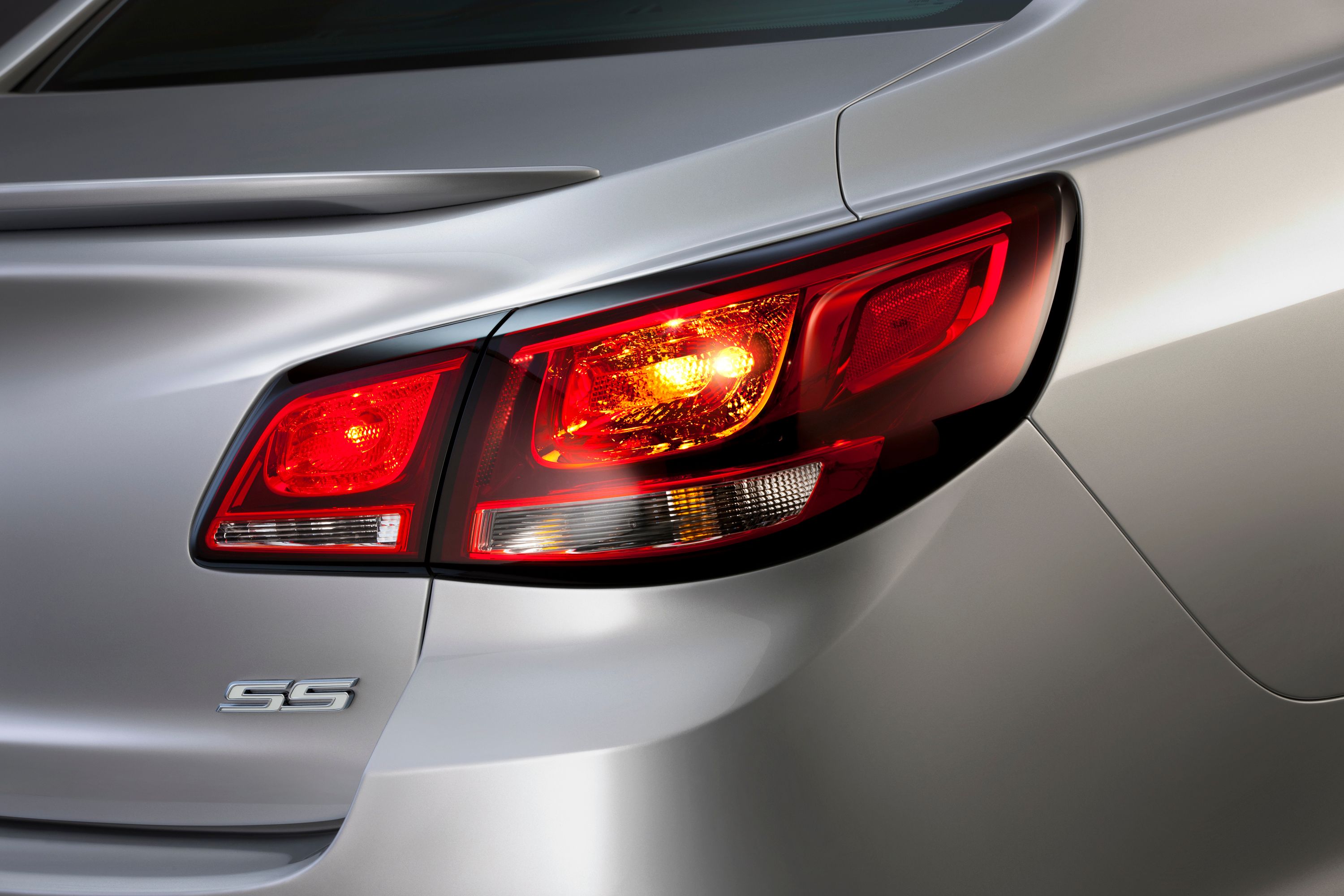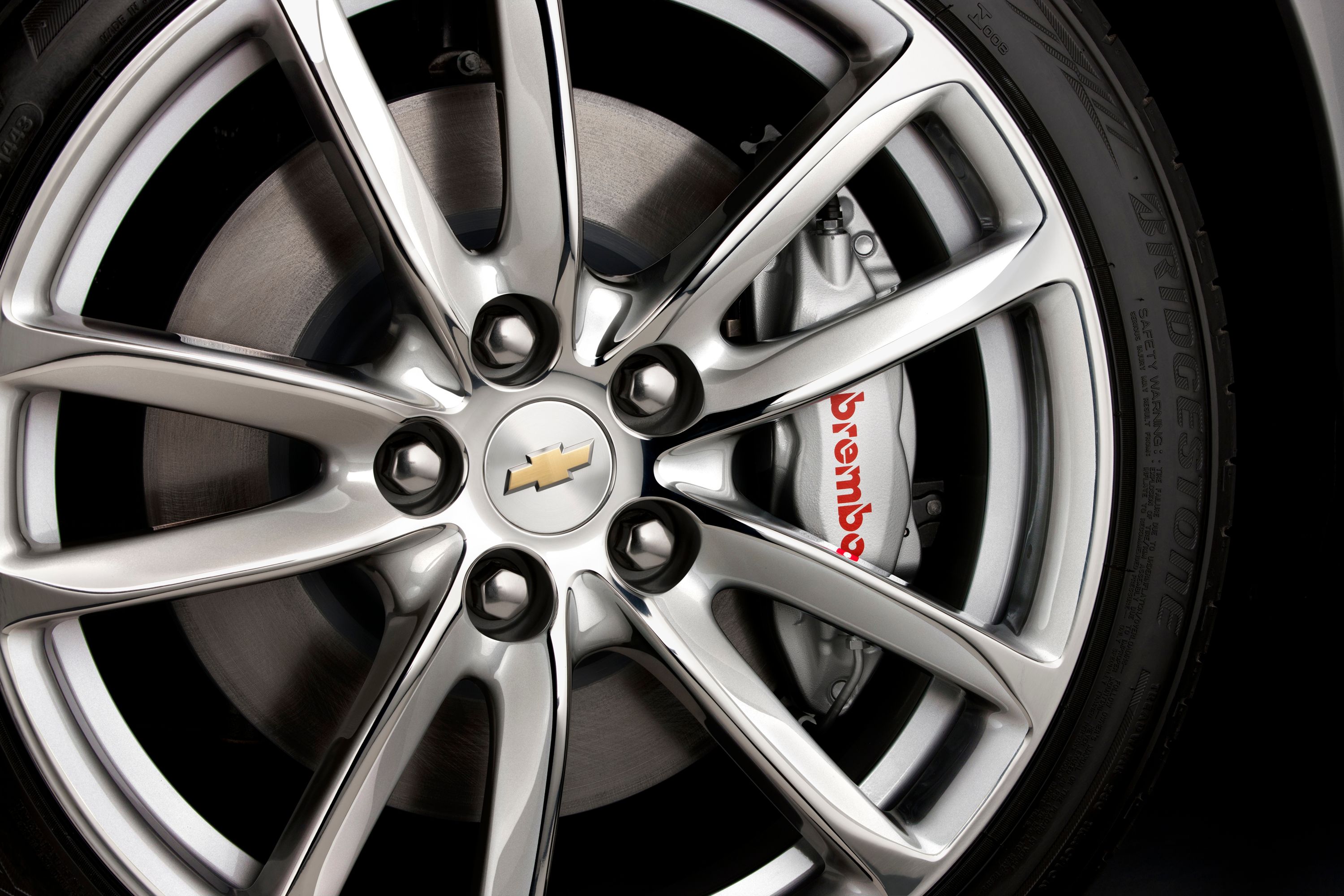Rumors have been swirling since 2011 regarding the Chevrolet SS and we were amongst the first to start discussing it. The rumors cooled off up until a few weeks ago when after 40 years of using the “SS” logo, GM finally decided to trademark it. Later the rumors became even more certain, as OnStar, GM’s in-vehicle communication system, mistakenly put the 2014 model lineup on its site. Within that lineup was a model dubbed the SS Performance.
This all adds up to a solid case that the Chevrolet SS Performance is on its way to the U.S. According to the rumormill, this would also result in the Holden Commodore SS->ke1480, which was once used as the Pontiac G8->ke2235, becoming the vehicle that dons the 2014 SS Perfomance badges.
With this release, Chevy would finally have a performance sedan to stack up against the likes of the Charger R/T and the Ford Taurus SHO.
UPDATE 06/04/2013: Chevrolet announced today prices for the 2014 SS. See more after the jump.
Click past the jump to read our full review of the anticipated SS Performance and how it stacks up against the competition.
2014 Chevrolet SS Performance
- Make: Array
- Model: 2014 Chevrolet SS Performance
- Engine/Motor: V8
- Horsepower: 415 @ 5900
- Torque: 415 @ 4600
- Transmission: Six-Speed Automatic
- [do not use] Vehicle Model: Array
Exterior
On the outside, Chevy took a similar approach to what Ford took with the Taurus SHO. It is a very simple design that closely resembles the Holden donor, but there will be an element of sexiness to its simplicity. One of the key features that really shows that the SS Performance isn’t messing around is its power dome in the center of the hood. Additionally, it gets chrome accents around the top of the grille and around the air vents just behind the front wheels to add an element of class to it.
On the rear end, there is a trunk-mounted spoiler and a set of relatively unimposing taillights that really scream “family car.” We definitely would have preferred Chevy to deliver a sharper set of taillights. The SS Performance redeems itself for the boring taillights with a sharp-looking bumper insert with the pair of tailpipes poking out of the rear.
Overall, the SS Performance’s body is sharp, but in no way a stunner. We think GM did a better job with the G8 – GM's predecessor to the SS – as this looks like a regular old sedan for the most part. One of our favorite parts of the exterior – likely the only thing that really pops on the car – is its perfect 50/50weight distribution.
Exterior Dimensions
|
Wheelbase |
114.8 inches |
|
Overall length |
195.6 inches |
|
Overall width |
74.8 inches |
|
Overall height |
58.7 inches |
|
Track |
62.6 Inches (Front / 63.3 inches (Rear) |
Standard Exterior Features
- StabilitTrak Stability Control
-Lane Departure Warning
-Blind Zone Alert
-Rear and Forward Collision Alert
Interior
Unfortunately, there’s not a ton of information on the interior yet, but there is a little bit of info and a good bit of images to let us know what to expect. The interior will carry up to five people, giving the front passengers 42 inches of legroom and the rear passengers 39 inches of legroom. The seats will be wrapped up nice and snug in leather and will have eight-way power adjustment.
Proving that the cheapo GM interiors of yesteryear are gone, Chevy fitted the SS Performance with a soft-touch instrument panel with an SS logo embroidered in it – in case you happen to forget – and two chrome finishes to choose from: a more sinister satin gloss or the flashier bright chrome.
To help set the mood inside the cabin, Chevy also adds in an ice-blue ambient lighting system.
A place that you all know that we look to first to determine the “user friendliness” of the car is its center stack. If there is too much garbage there, it is too complicated, and if there is nothing there, it looks bland. There is a delicate balancing act that a manufacturer needs to pull off here, and Chevy managed to do it. There are just enough buttons to let you know that this is a feature-packed sedan, but not so many that you are awaiting air-traffic control to clear you for landing.
Additionally the chrome/satin gloss highlights look to be tastefully placed throughout the SS Performance’s cabin. They’re not overdone and tacky, giving the SS Performance’s interior a classy look.
In all, we think the interior is pretty sweet in the SS Performance, but we won’t be 100-percent certain until we park our backsides in one for a few hours.
Standard Interior Features
-Color touchscreen with Chevrolet MyLink
-Bose nine-speaker audio
-Color heads-up display
-Push-button start
Engine and Drivetrain
Now onto the sweetest part about this ride, the engine and drivetrain. Initially, we thought that the SS Performance would only be moderately powerful and feature the 6.0-liter V8 found in the last-gen Commodore SS, which pumps out 348 horsepower. Well, Chevy upped the ante by installing the LS3 6.2-liter V8 – the same found in the 2013 Corvette – detuned to 415 horsepower at 5,900 rpm and 415 pound-feet of torque at 4,600 rpm. The beastly LS3 links up to a six-speed automatic transmission with TAPshift paddles that delivers the power to a 3.27-to-1 rear axle. This will launch the four-door muscle car to 60 mph in about five seconds – no official number is available yet.
This puts the SS Performance right on par with the Camaro SS, meaning that muscle car lovers with a family can now get their power fix and be able to rationalize it to their significant other. Brilliant!! Unfortunately, Chevy did not release any mpg specs, but you can expect it to be around 15 mpg city and 24 mpg highway.
Engine and Driveline Specifications
|
Engine |
6.2L OHV V8 |
|
Displacement |
376 cubic-inches |
|
Bore & stroke |
4.06 x 3.62 inches |
|
Block material |
cast aluminum w/ cast-in-place iron bore liners |
|
Cylinder head material |
Aluminum |
|
Valvetrain |
Overhead valve; two valves per cylinder; roller lifters |
|
Ignition system |
Coil-near-plug ignition |
|
Fuel |
Sequential fuel injection |
|
Compression ratio |
10.7:1 |
|
Horsepower |
415 @ 5,900 rpm |
|
Torque |
415 @ 4,600 |
|
Transmission |
Hydra-Matic 6L80 6-speed automatic w/ TapShift |
Steering and Stability
The suspension system did not receive much face time during the unveiling, but it got its alloted 15 minutes of fame. The SS features a MacPherson setup on the front end and a multi-link system on the back end with independent geometry. Electronic power steering helps keep the steering response quick and avoids draining power from the engine.
On the corners, the SS features a set of 19-by-8.5-inch wheels up front and 19-by-9-inch wheels on the back made of forged aluminum and wrapped up in Bridgestone ultra-high-performance tires. Dragging the SS to a halt are Brembo brakes with four-piston calipers and 355 x 32 mm (13.97 x 1.25 inch) discs up front. On the rear, the SS gets single-piston caliper and 324 x 22 mm (12.75 x 0.86 inch) discs.
Overall, we think Chevy kind of mailed in the braking and suspension systems. Sure, the front brakes are somewhat advanced, but the rest is just basic econobox stuff. Not a great showing.
Steering and Stability Specifications
|
Front suspension |
Multi-link MacPherson strut; direct-acting stabilizer bar; progressive-rate coil springs; fully adjustable camber, caster and toe |
|
Rear Suspension |
Four-link independent; progressive-rate coil springs over shocks; stabilizer bar; fully adjustable camber and toe |
|
Steering type |
Electric power |
|
Front Brakes |
Ventilated disc (355 x 32 mm) w/ four-piston fixed calipers |
|
Rear Brakes |
Ventilated disc (324 x 22 mm) w/ single-piston sliding calipers |
|
Wheel size and type |
19 x 8.5-inch forged aluminum (front)/19 x 9-inch (rear) |
|
Tires |
P245/40R19 (front)/P275/35R19 (rear) |
Pricing
Chevy announced that the SS Performance will hit the market in the fourth quarter of 2013 at a price of $44,470, including a $995 destination charge.
Competition
The 2014 SS Performance will arrive to some rather stiff competition from the 2014 Charger R/T and the 2014 Taurus SHO. Neither model looks as if it will undergo any changes before 2014, so we can assume all of the specifications will remain the same as they are today.
The Charger R/T is more of the direct hit opponent to the SS Performance, as it is a midsize sedan with naturally aspirated V8 muscle pushing it. The R/T’s base price of $29,995 will likely come in a few thousand less than the SS will and its current 5.7-liter V8 comes up pretty short of the SS’s 6.2-liter V8 to the tune of 415 horsepower to 370 and 415 pound-feet of torque to 395.
The Charger is also a massive 4,253-pound sled that is best left to the straightaway rather than the twisties. The SS Performance will likely come in about 300 pounds less than the Charger, considering the 3,995-pound curb weight of the final G8. Plus, the G8 was always noted for being a fairly nimble machine for its full-size stature. In fuel mileage, the Charger R/T comes in at the same 19 mpg combined as the 6.2-liter with
The Taurus SHO is a slightly different breed than the Charger and SS Performance, as it features a twin-turbocharged 3.5-liter V6 that cranks out 365 horsepower at 5,500 rpm and 350 pound-feet of torque at 1,500 rpm, which loses out to the SS by 50 horsepower and in torque by 65 pound-feet. You also have to consider the fact that the SHO hits its peak torque at an amazing 1,500 rpm, as opposed to the SS Performance’s 4,600 rpm, so the Taurus may hang with the SS Performance longer than its horsepower and torque deficiency may allude to.
In economy, the Taurus SHO slightly edges out the SS Performance with 20 mpg combined. On the exterior, the SS Performance and Taurus are in a tie, as they are both simple and sexy. On the inside, however, the Taurus wins hands down only because we have had a chance to read all about it. Somehow Ford managed to mash together complexity with simplicity in perfect harmony, whereas the SS Performance is just plain simple. We’ll see the final result of the SS as more info rolls out on the interior.
The only part that scares us about the Taurus is how this twin-turbo six-popper will perform after it rolls past the ominous 100,000-mile mark. We have yet to hear about any long-term testing of the SHO, so we cannot comment either way.
Conclusion
First off, the SS Performance’s details are still not fully released yet. Given everything goes the way it looks like it is and we do see the 2014 Chevrolet SS Performance, we would definitely advise buying it over the Charger, as the Charger’s look has become dated and it’s in desperate need of a more significant makeover.
The Taurus vs. SS Performance competition is a little more difficult to gauge. Overall, we like the Taurus better, despite the fact that there is a little turbo lag. The only thing we are still on the fence about is its long-term durability and maintenance costs.
We suggest waiting it out a bit until we can gather more concrete data on the SS Performance and more long-term testing and maintenance on the Taurus SHO.
We will keep you updated with more information as it becomes available.


